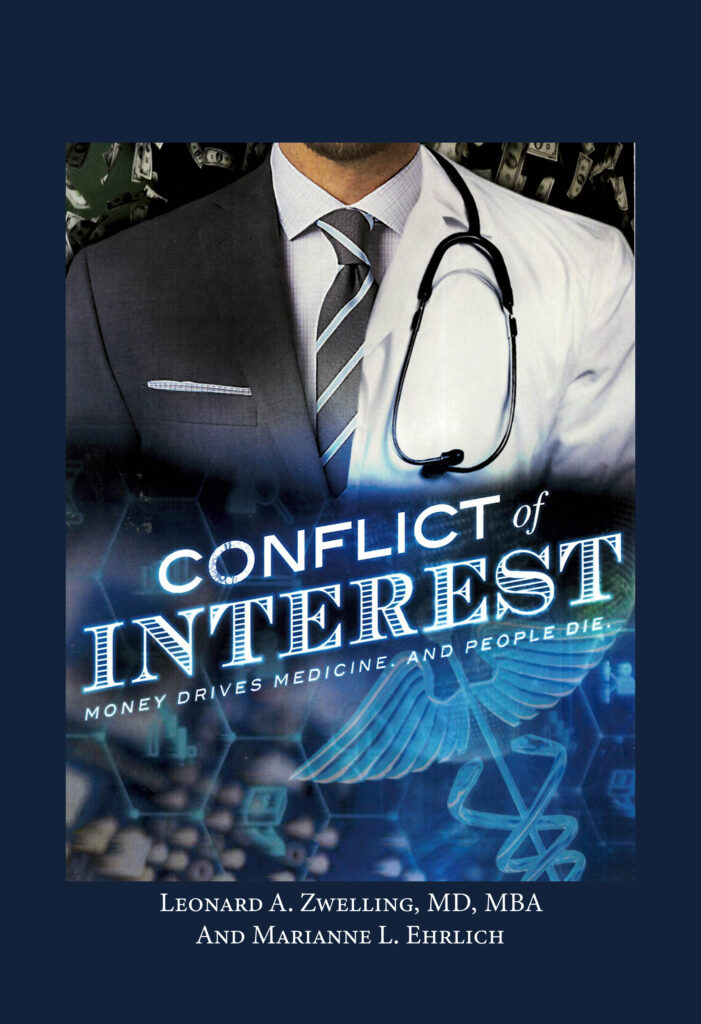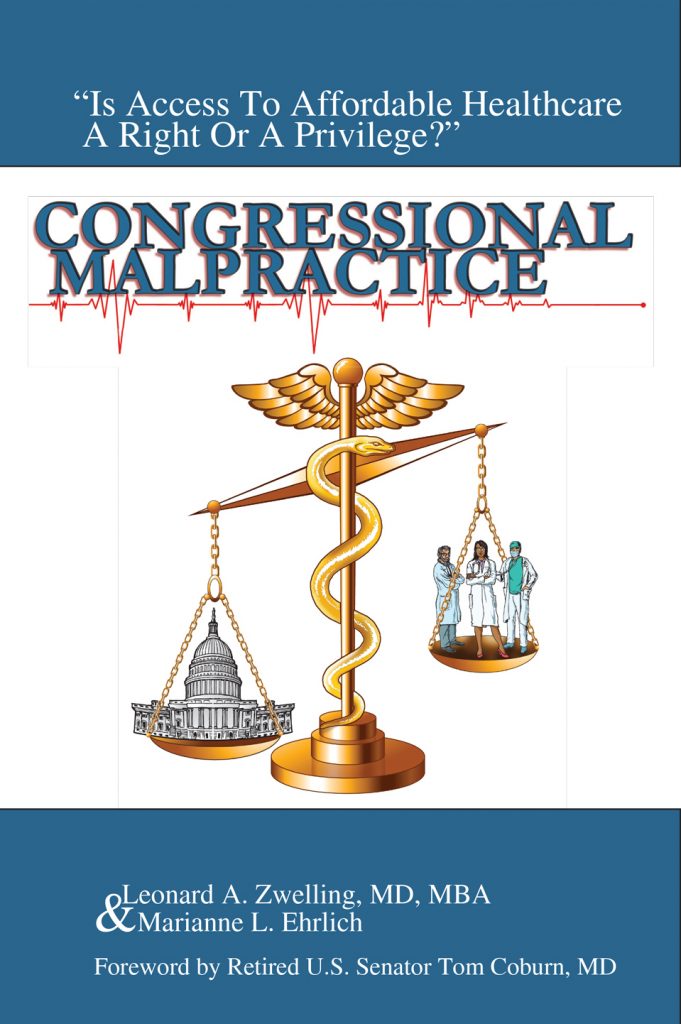Exorbitant Salaries Can Be Demoralizing To Those Without Them
By
Leonard Zwelling
There were two important characteristics of the salaries of the MD Anderson faculty when we arrived here in 1984.
First, salaries were not linked to the clinical volume a physician cared for. It was not an “eat what you kill” model. This was to encourage faculty members to consult with other faculty members to provide the best care for their patients regardless of who sees the patient. If your colleague was the world’s expert on a disease, you would anxiously ask for help for the good of your patient with that disease irrespective of what your take-home pay was.
All the salaries, including those of the president, were good by academic standards, but never exorbitant. No one made a million dollars—even in today’s dollars. The benefits package was unequalled in the entire country and was the same for everyone.
The salary data were all published in a big state book that was kept in the library. You could know what everyone else made and a lot of effort was made by the academic leadership to maintain equity among the faculty members.
What a concept!
Now it seems that being an administrator comes with a huge price tag in excess of a million dollars. Division heads and department chairs probably make more than their faculty who actually see the most patients.
The problem is when the president makes $7 million (this has been questioned by some blog readers who believe it is actually closer to $3.5M) and is perceived to make decisions that are not in the interest of the faculty, resentment of the administration grows. If you spend all day in a busy clinic and then have to go home to three more hours of chart work and the president is in Colorado having champagne with large donors, there is a major opportunity for dissociation from and resentment of those making key decisions (like clinics on weekends) and those who affected by the decisions.
At some point, in some venue, Dr. Pisters has to exhibit an understanding of what the faculty are experiencing in their daily lives. Instead, he wants growth, money, and international recognition, none of which have any bearing on the quality of cancer care delivered by the faculty.
The clinics are full. The radiologists have more images than they can read comfortably and the pathologists have more biopsies to examine every day. At some point the drive to see more and more patients and the drive for the leadership to make more and more money will overload the system. I suspect we are close now given the repetitive surveys that show the faculty overworked and burning out.
I never imagined that Dr. Pisters’ concept of “wellness” was the health of his bank account. Clearly that is the case.
If you want to start a move to faculty satisfaction, cut these ridiculous salaries down to a reasonable size. MD Anderson is not on the NASDAQ and should not be paying executives like it is.
I understand that patient satisfaction is important these days. So is faculty satisfaction. Start by paring back these huge increases in pay—especially the president’s.





4 thoughts on “Exorbitant Salaries Can Be Demoralizing To Those Without Them”
The $3.5M may just be base salary. For example, at NYU, Bob Grossman, the Dean of the med school and CEO of the hospital, had a reported total income on 990 tax returns for 2021 of $19.1M. That included a base salary of $3.8M, a bonus of $10.3M, deferred compensation of $4.6M and the rest from “other.” BTW, 990 tax returns are public and can be requested from the institution.
Yep. We do know these figures for academic leaders are outrageous.
The MD Anderson Administrative Accountability Report requires all supplementary income to be included in administrators’ annual compensation. I know because I was a party to the Report’s creation. It’s a long story but, in a nutshell, I set up a committee in MD Anderson in 1997 called the Faculty Senate Salary Review Committee. After a long struggle with senior administration, we were eventually given access to base salary data in digital format for all faculty and administrators. Prominently missing were bonuses and supplements of any kind. This data was refused. Since I knew that all public employee remuneration was, by Texas state statute, in the public domain, I took the issue to the Texas Faculty Association. In turn, they took it to the Texas Legislature. Senator Gonzalo Barrientos introduced a bill in 2003 named ‘Administrative Accountability.” Key portions of this bill were approved and passed into law. It mandates that “The name, salary, percent salary increase, and total value of non-salary benefits of high-ranking administrative officials in Texas state higher-education institutions be reported to various state agencies by Dec. 1 of every fiscal year, and that a copy of the reports be made available for public inspection, not later than seven days after submission, in the library of each institution. Failing such action, appropriated state funds may not be spent.”
I haven’t personally seen the 2024 MD Anderson Accountability Report but it’s available now in the Anderson library and must be made available for inspection by anyone who asks. By December 1, the 2025 report will also be available. So the $3.5 figure mentioned in the blog is nearly two years old. As the great Joe Louis once said, “They can run but they can’t hide.”
Great information.
You did everyone a great service.
It does suggest, however, that the $7M figure could be right.